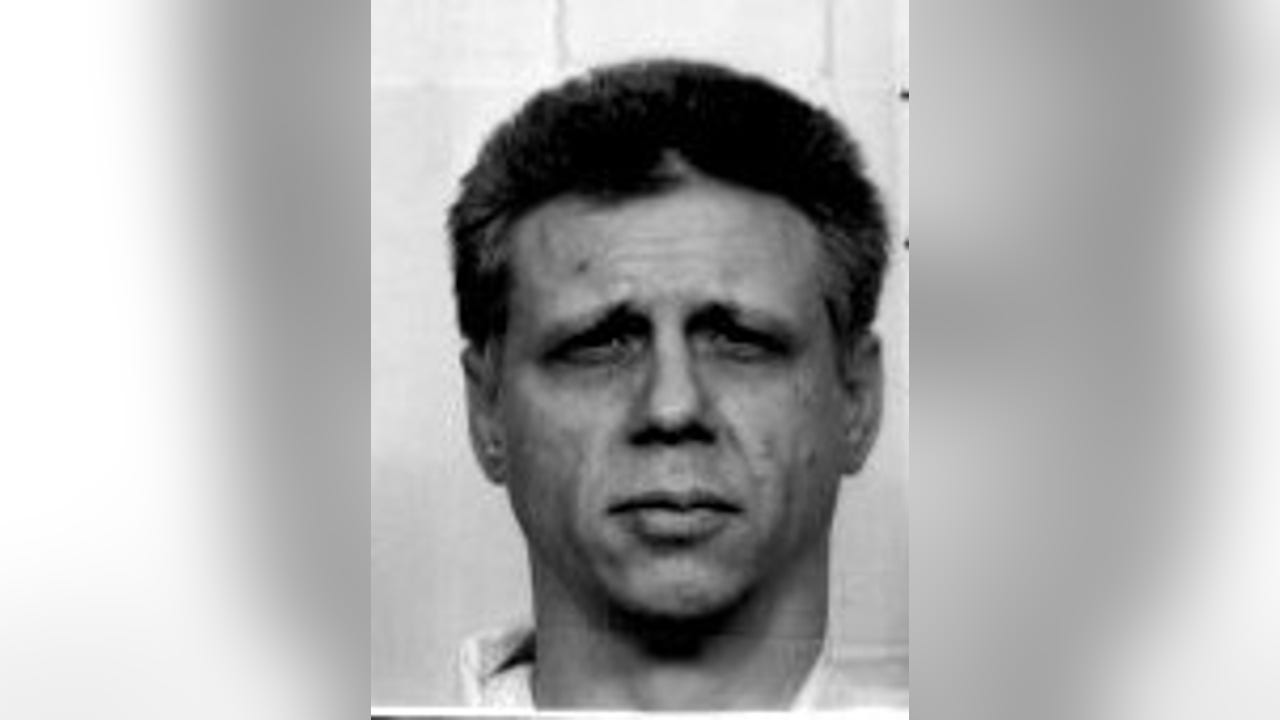The Texas Court of Criminal Appeals has mandated a critical re-evaluation of a decades-old death row case, ordering a trial court to meticulously review the conviction of David Leonard Wood. This significant judicial move comes after the court had previously intervened to pause Wood’s scheduled execution earlier this year, signaling a deeper scrutiny into the complexities surrounding his legal journey.
David Leonard Wood was initially condemned to death in 1992 following his conviction for the brutal killings of six women and girls in El Paso, Texas. The grim discovery of their bodies, buried in the desolate desert outside the city, shocked the community and led to a swift legal process that ultimately resulted in his capital conviction.
Central to the current judicial directive are eight specific claims presented by Wood’s legal team, asserting his inmate innocence. These claims include serious allegations that jailhouse informants, whose testimonies were crucial during the original trial, may have been offered deals or incentives to provide false information in court, potentially undermining the integrity of the initial conviction.
Presiding Judge David Schenck, while concurring with the decision to remand the case, vocalized concerns regarding the majority opinion’s conspicuous lack of explicit guidance. He critically noted the absence of directives concerning the precise scope of development required, the timeline for these proceedings, or any clear framework for the ultimate determination of Wood’s application on its merits, highlighting a potential procedural ambiguity.
This is not Wood’s first attempt at post-conviction relief; he had previously filed a claim of intellectual disability two days prior to a scheduled execution in August 2009. Although the courts granted a temporary stay of execution based on this claim, Wood’s assertion of intellectual disability was ultimately denied in 2014 after a thorough review.
Texas law provides avenues for convicted individuals to seek forensic testing of evidence, provided certain criteria are met. In 2010, Wood successfully petitioned the courts to test three items using advanced methods unavailable at the time of his original trial. However, the court subsequently determined that even with the new forensic evidence, there was insufficient basis to conclude that Wood would not have been convicted.
Wood continued to pursue further DNA testing requests up until 2024, when the Court of Criminal Appeals issued a stern assessment, deeming his persistent testing requests as an attempt to “unreasonably delay the execution of sentence.” This ruling underscored the court’s growing impatience with what it perceived as tactics to prolong the legal process.
During the 1992 trial, prosecutors presented compelling evidence, including testimony from witnesses who observed five of the victims leaving with a man on either a red Harley-Davidson motorcycle or a beige pickup truck on the day of their disappearances. These vehicle descriptions notably matched those owned by Wood, forming a critical part of the prosecution’s case against him, now subject to legal review.






Leave a Reply